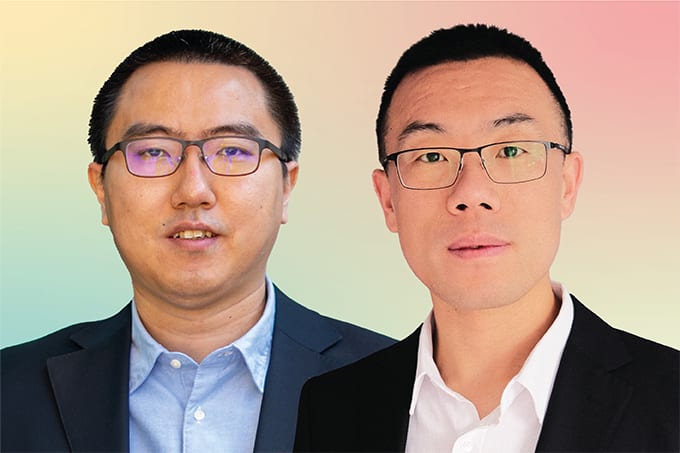Having worked for almost 50 years on persistent organic pollutants (POPs), I have seen a lot of processes reoccurring. Many halogenated compounds have caused concern for human and environmental health. First produced without initial testing, analytical scientists detected them some years later in food and the environment. Once toxicologists assessed the effects and discussed them with authorities and industry, we started to see severe worldwide restrictions. I have also seen that the sensitivity of our instruments has improved by a factor of at least a million. This impressive achievement means we now have an early warning system: we can now detect compounds at a level before they are doing harm.
Today, the focus has shifted to PFAS; their strong immunotoxic effects demand that we push our detection systems to their limits – but it can be done. We have wonderful mass spectrometers and advanced chromatographic systems that enable us to tackle the PFAS problem, while new approaches and instruments are in development. Labeled standards have become available, but the complexity of PFAS mixtures requires more standards (native and labeled) to be made.
My hope is that commercial analytical standards producers, just like instrument companies, will reduce the prices of these standards; otherwise, research may stop simply for cost reasons. In addition, the production of certified reference materials should be encouraged worldwide because they are essential to maintaining good QA/QC with properly validated methods. It is important that the European Joint Research Centre and the National Institute of Standards and Technology in the US will continue their efforts in this regard.
Of course, it would be much better if we didn’t have to focus our analytical work on detecting new persistent chemicals in the environment and our food, but so long as we continue to produce them – that’s our job. That said, I believe that chemicals should be tested before production and market release, following a “benign by design” approach. Learning from past cases, including DDT, polychlorinated biphenyls, and now PFAS, it is clear that similar scares will return if we do not introduce such pre-production tests. In the short term, it is essential that we accept the European proposal to ban PFAS – as a group of chemicals – to prevent further global contamination.
Images for collage sourced from Pexels.com and Unsplash.com




